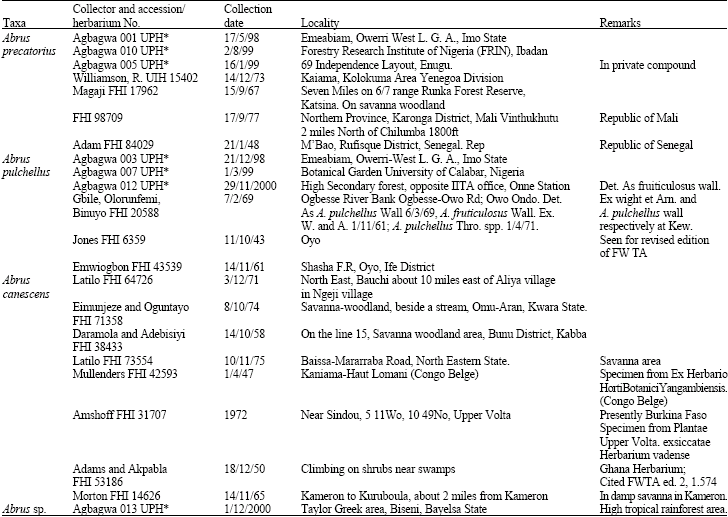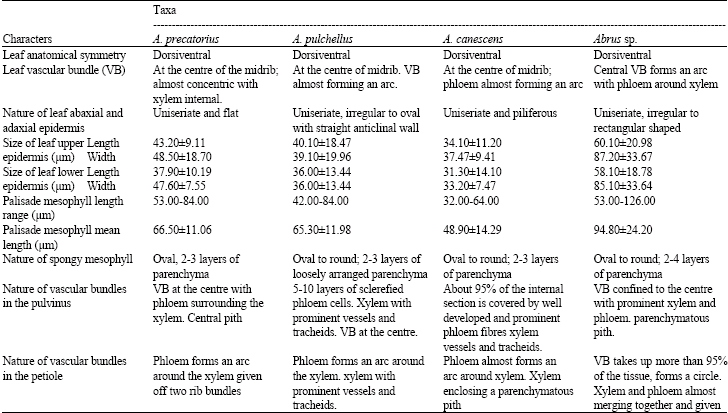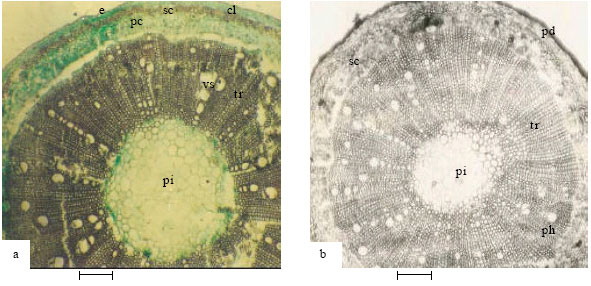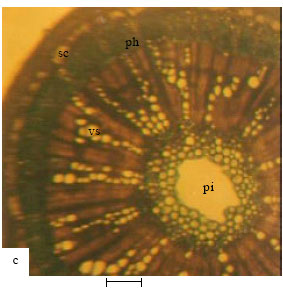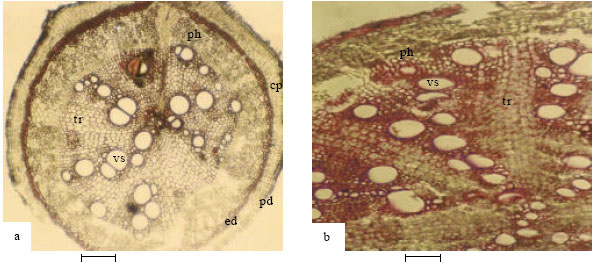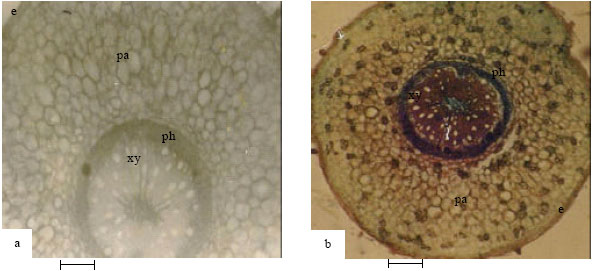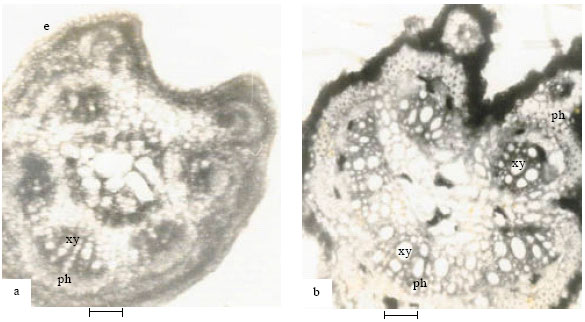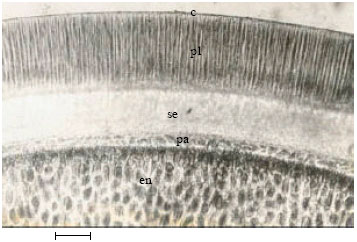Research Article
Comparative Anatomy of Abrus Adanson Species in Parts of Tropical West Africa
Department of Plant Science and Biotechnology, Faculty of Science, University of Port Harcourt, Nigeria
Okoli Bosa Ebenezar
Department of Plant Science and Biotechnology, Faculty of Science, University of Port Harcourt, Nigeria
Ndukwu Benjamin Chinyem
Department of Plant Science and Biotechnology, Faculty of Science, University of Port Harcourt, Nigeria









